Nick Thorburn is well-known for his work in music, less so for his comics. The Canadian cartoonist is the long-time vocalist for Islands, as well as a number of other music projects, like Human Highway, The Unicorns, Mister Heavenly, Nick Diamonds, and others. His graphic novel debut from Fantagraphics, Penguins, is an allegorical collection of existential gag strips depicting movements both mass and singular of black and white humanoid creatures trying to accomplish a number of different actions and often being defeated in some way, including melting and crumbling apart.
____________________________________________
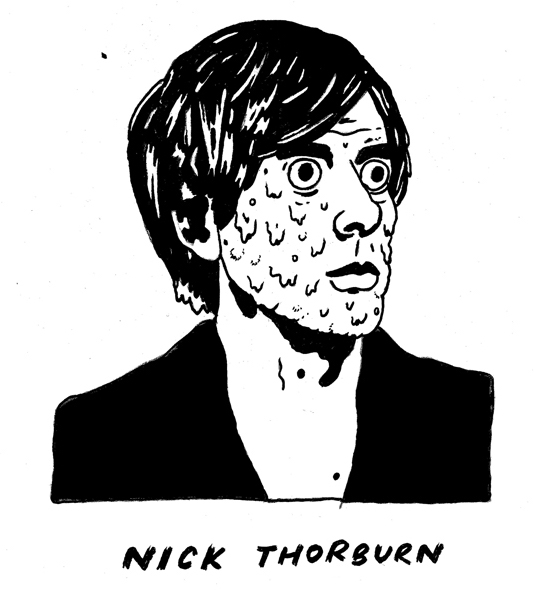
It’s not crazy that you’re not familiar with my comics history because I haven’t really had much of a comics history until this year. I’ve had little pieces published in Fantagraphics anthologies. First, there was MOME a few years ago. I did it like eight years ago. I did a few strips in that and that was how I established a relationship with Eric and Fantagraphics. When he was creating the new anthology Now, I was asked to contribute to it and so I started doing the back covers of every issue of that.
It was re-stoking of the fire in me. I hadn’t drawn comics with purpose or any kind of cohesive outlook for years. I’ve always made comics. I’ve drawn since I was a kid and often in comics style or comics format. It reignited that desire and need to see something through in a long form project. I drew 10 pages of Penguins and then I pitched it.
When you made comics as a kid, what kind of comics were they?
They were grotesque, funny, crude comics kind of in the style of underground comics, the seventies kind of sort of aesthetic.
So not far removed from Penguins.
No, no.
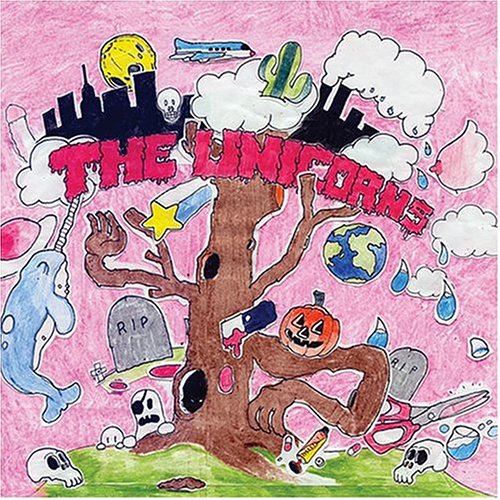
I did album covers for The Unicorns. I did a lot of merchandise, like Islands tee shirts that we’d sell on tour. I would do those often and any kind of posters maybe I would draw.
Penguins has a very distinct visual style. Did you develop that first or the concepts behind them?
I was just drawing. I was in the studio making a Mister Heavenly record last year, 2017, and I was drawing idly. I think I was trying to figure out a direction and wanted to do something extremely simple and sort of low definition almost. I looked at these penguins as almost like a representation of a thing I wanted to draw, not the actual thing. I wanted to do something as simple as possible. And was it. I don’t think I was overthinking or thinking big picture in terms of what the overall piece was going to be, but just started drawing and then it came from there, like keeping words out of it and facial expressions removed.
You seem well-versed in pantomime and using body actions to convey something deeper.
It’s not something I would repeat, the silent comic idea. It’s just something that I knew I wanted to be the through-line for this book. When I do another book, It’ll probably have a more conventional structure, one story and dialogue and everything like that. I knew that these were the parameters I wanted to set for myself for this particular project.
Is there any overlap in what you get out of it or the ideas you put into it when it comes to the comics in your music?
They seem pretty separate to me. Maybe even the fact that comics were wordless was like I wanted to distance myself as much as I could from the music, but there is a relationship between the themes that I draw and the songs that I write. There’s definitely overlap there with themes of loss and death and heartbreak and all that kind of thing. And the comical nature of all of those very human elements. I think it’s me. You can see that consistency across the mediums. But I think I wanted to get as far away from songwriting as possible and use drawing as a way to do that.
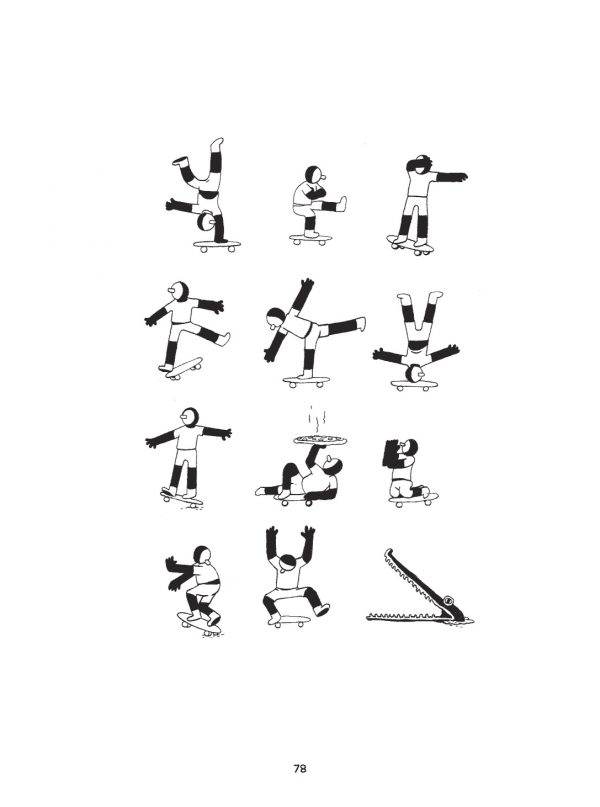
The fact that it’s not music. The biggest thing was I needed a break from all the trappings that come with making a record. The whole machinery of it, including doing the big tour and everything else. It was just something that I needed to have a mental and creative break from. So I think that’s also why there are no words in it. I just wanted to make it as completely distinct from my songwriting as possible, to do something purely visual. It felt like as big of a pivot as I could do.
And I’m guessing more solitary than music.
Sometimes my songwriting is extremely solitary, but there’s always a collaborative part with the band and the touring. This is purely isolated and I think I was interested in that, too.
Plus the work doesn’t have to go through a filter of other people.
Yeah, there was an autonomy to it that I think I craved.
I don’t know that pessimistic is the right word to describe Penguins, but it seems like it’s hard being one of your cartoon characters. There’s a lot of melting and falling apart and people try to do things that don’t quite work out. It’s a lot of repetitive motions that prove fruitless.
There are fatal flaws. The game is rigged, I would say, and it’s a pessimistic outlook for sure, but it is tongue in cheek, too. It’s meant for comic effect. I think the origin of this whole thing came from watching Blue Planet 2, the David Attenborough series. It was remarkable to watch these birds. I mean, first of all, they’re birds that can’t fly. That was the initial attraction, the irony and the tragedy of these things that if it could fly so much their problems would be solved. Just watching them go through great lengths just to survive and keep their families alive, there was something so tragic and also human about it, and kind of beautiful how hard they worked and often how they were killed by the elements or by circumstance. And so I could definitely start to trace the line between these penguins and humans in that way and find this analog there. I tend towards bleak pessimism I guess, but it’s usually for comic effect. I’m not just a total, a hopeless misanthropic fatalist or something.
The figures are like hybrid human-penguins, which visually brings together those concepts. How intentional was that design?
It was intentional, but I don’t think it was necessarily a conscious thing. I was inspired by the segments. I was just drawing and I drew these characters that looked like simple renderings of humans but also had these very simple penguin like faces and the color scheme, I guess more than anything else. It was intentional, but it wasn’t calculated.
Although a lot of the characters appear in individual situations, the uniformity of their appearance does create the illusion of mass movements up against the universal laws that you mentioned. Penguins, humans, they’re all beholden to the same laws.
I can’t really articulate it. It’s there in the work and I think you’re picking up on that and that’s great, but I don’t think I can talk about it in a way that’s going to be more interesting than what’s on the page. Do you know what I mean? Otherwise, I would have written an essay about the futility of individualism or American Exceptionalism or whatever. Obviously, that’s all in there. Yes, they all look identical and they all have the same wants and needs and they all die. I mean, there are certain universal truths. There is a through-line between all living creatures.



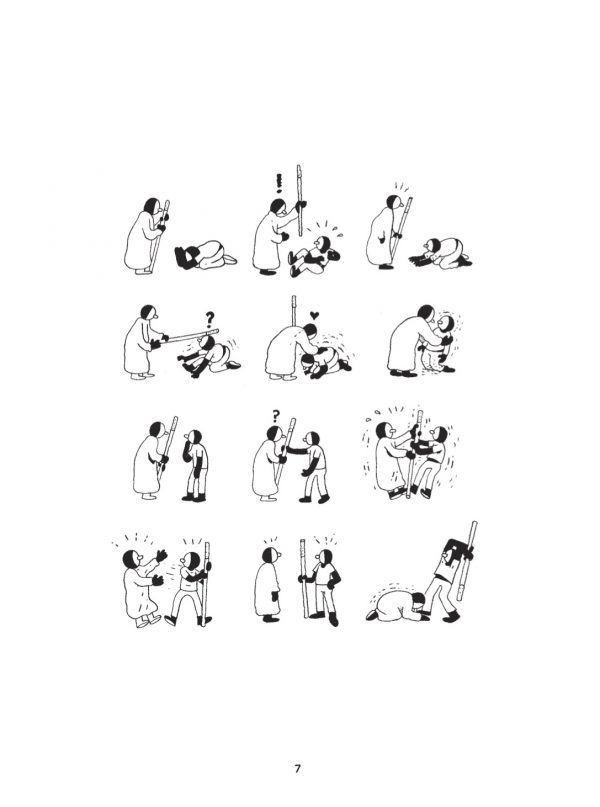
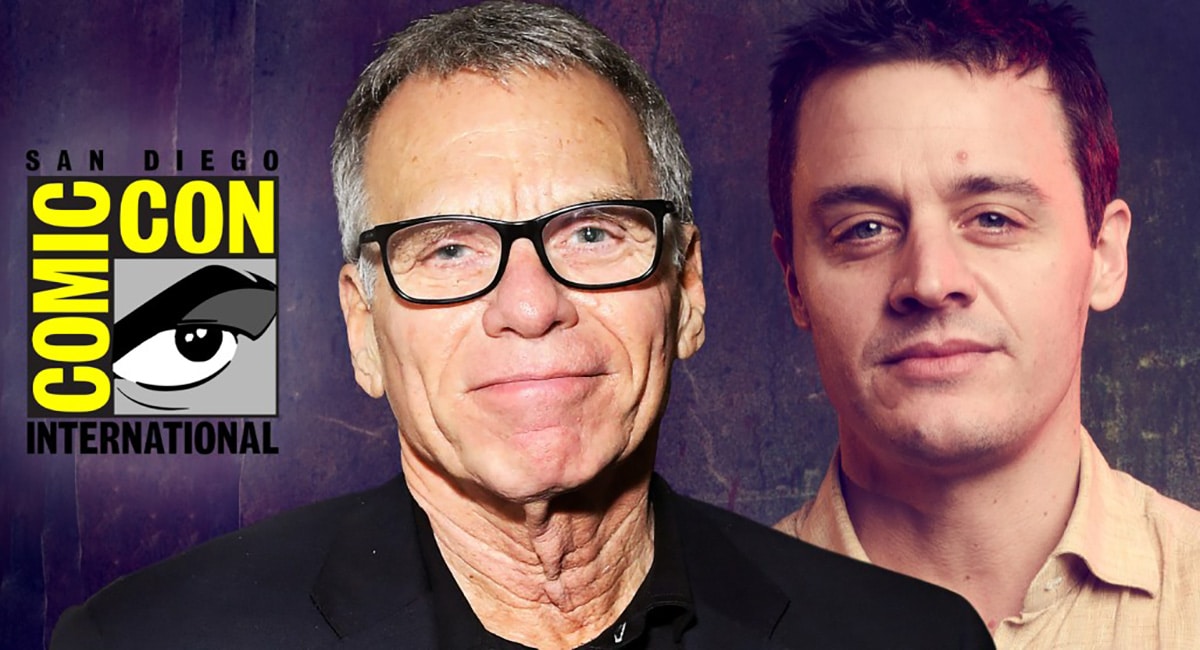
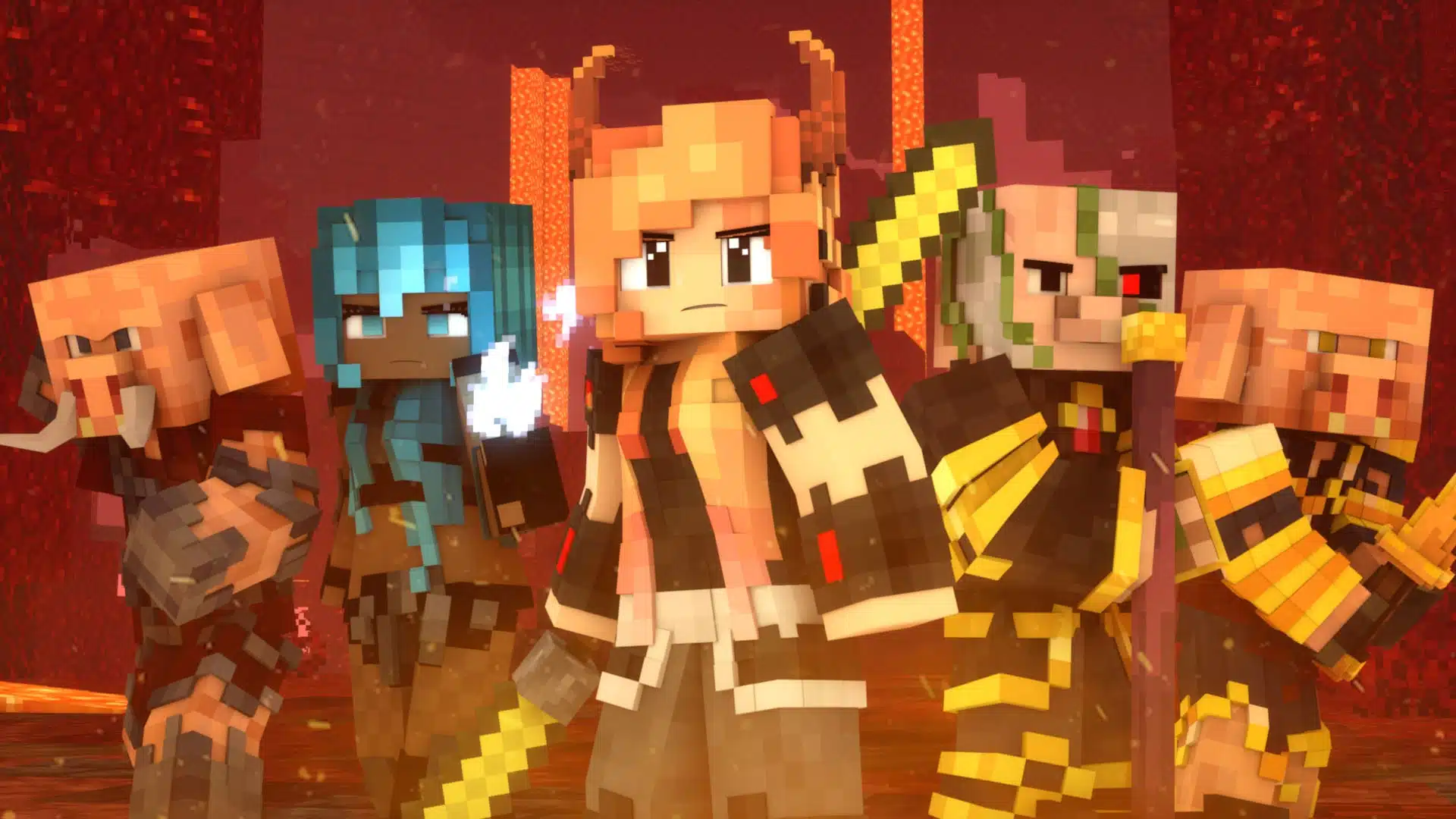
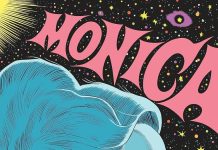


I’m a big fan of Nick’s music but totally missed the work he has been doing at Fantagraphics. Definitely looking forward to picking this up.
Comments are closed.